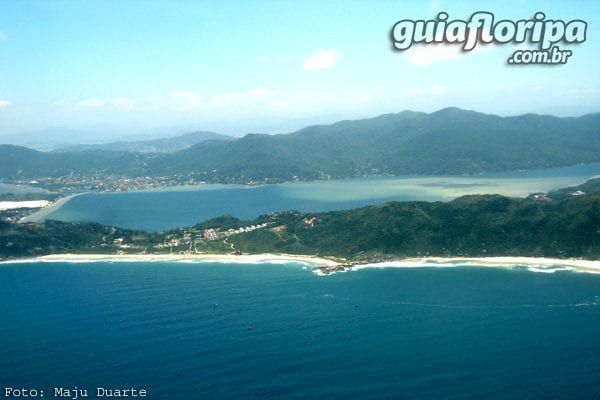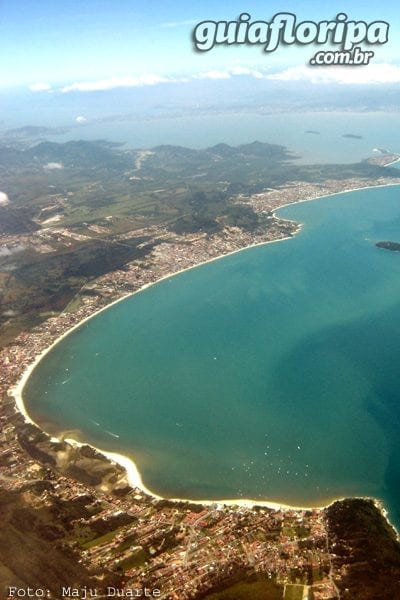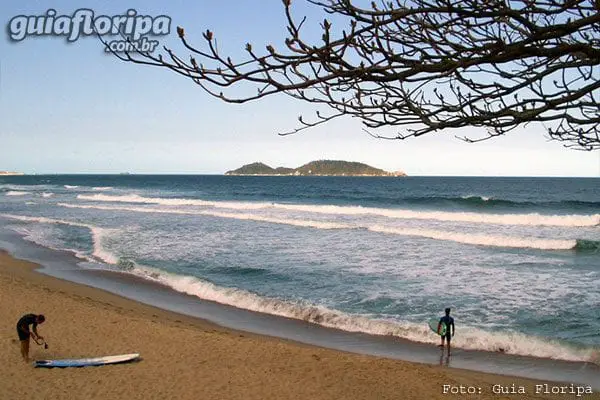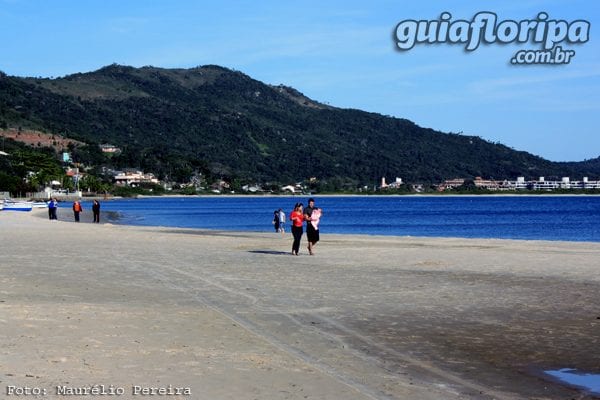Everyone knows that the north of the island has warm water and the south and east are cooler waters. With so many beaches in Florianópolis you can easily choose the best temperature for your taste.

Understand how the sea temperature works in Florianópolis
The low temperature of the waters on the east of the island and south of the island is linked to their contact with the open sea, where they receive cold currents from the south more easily.
The north of the Island has pleasant water due to its "sheltered" position from the ocean and its shallow depth.

Every now and then a natural phenomenon, called coastal upwelling, occurs, which causes the water temperature to fluctuate. The following happens: there is a recurrent incidence of a wind that brings the deeper waters (from the bottom of the sea), which are very cold, to the surface through the movement of the tides, but for this to occur, it takes five to 10 days from this same wind.
ADVERTISING
These currents directly hit beaches that are in contact with the open sea. The encounter with ocean waters contributes to the cooling of the water. The eastern and southern beaches, therefore, are the coldest, as they face the ocean.
The open sea beaches are, in the east joaquina (the coldest of all; there are days when you can't go in because it's so cold), mole, Cruet, Barra da Lagoa, Mozambique; in the south: shipwrecked, Azores, south swamp, Campeche, Morro das Pedras; and the beaches that divide the East and North regions: saint, English e Brava Beach.

The beaches that are "sheltered" from the open sea are hot. Most of them have no ripple and are shallow - upwelling rarely happens: Canasvieiras, Ponta das Canas, Lagoinha, Daniela, Jurerê e sambaqui are some examples.

Another factor that makes the waters cold on the island is the meeting of the currents of Brazil (warm) and the Falklands (cold), also called Falklands. The latter arrives in Florianopolis waters in September and leaves in November, and it is responsible for the appearance of penguins at this time of year, especially on the beaches of the south of the island. The current from Brazil, on the other hand, comes from the North and is hot, but only in January does it really start to influence the temperature of the water, making it warmer.
Discover the beaches on the east of the island



